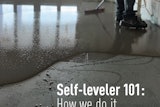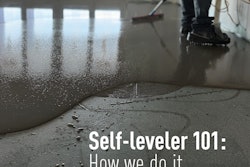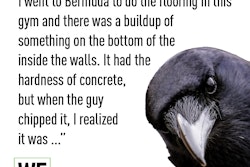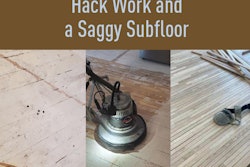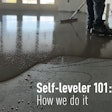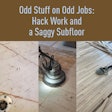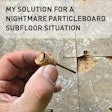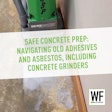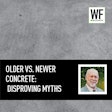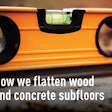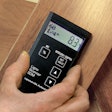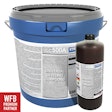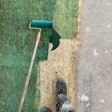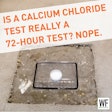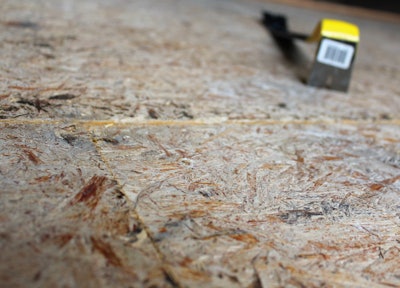
Can I use an existing ½-inch plywood subfloor if I’m installing a ¾-inch solid wood floor?
Scott Taylor, consultant/inspector at The Addison Group in Elm Grove, Wis., answers:
The minimum thickness for a subfloor for any wood floor, including a solid ¾-inch floor, is ⅝ inch, assuming the joists are 16 inches on center. To meet industry standards, you’ll need to add a layer of plywood/OSB to that existing subfloor.
As an inspector, I see many situations where installers aren’t paying attention to subfloor requirements, and this seems particularly common with existing subfloors. They seem to assume that because there was a floor installed before that everything will be fine for a new wood floor. I recently had an inspection where the installer did the right thing by removing a layer of particleboard—but then he installed the new solid wood floor right over the ½-inch OSB. Even though the new floor was a solid 3¼-inch product, the homeowners could see the deflection when they walked on the floor between the joists, and the floor was making noise.
RELATED: How We Flatten Wood and Concrete Subfloors
When you’re dealing with an existing subfloor, you still need to check that it meets all the usual requirements:
• It must meet the minimum thickness. In the inspection I mentioned above, the OSB was clearly stamped 16/32.
• To comply with NWFA Installation Guidelines, the moisture content must be checked and be within the required target MC of the wood flooring being installed (within 4% for strip and 2% for plank). Just because it’s an existing subfloor doesn’t mean the environmental conditions will be acceptable for a new wood floor.
• Requirements for subfloor flatness must be checked. With an existing plywood/OSB subfloor, many times the seams must be sanded flat.
• Subfloor fastening must be checked to ensure it meets industry standards.
In addition, existing subfloors should be checked for things like old water damage, and you must be sure the subfloor still has enough holding power for fasteners.
RELATED: How to Prove Subfloor Prep Is Necessary—and Get Paid for It









